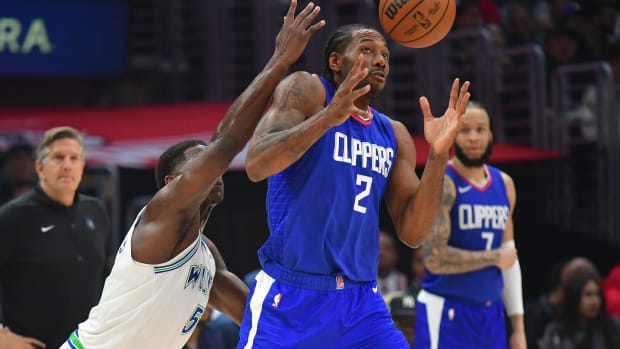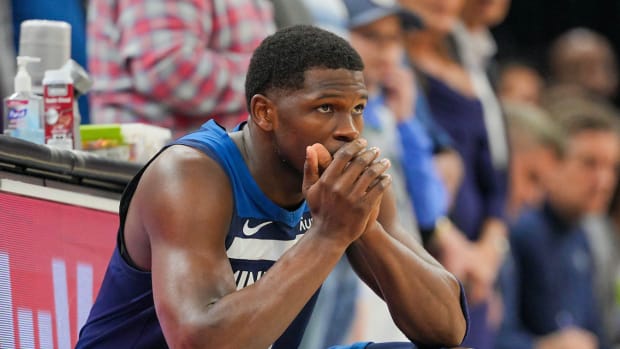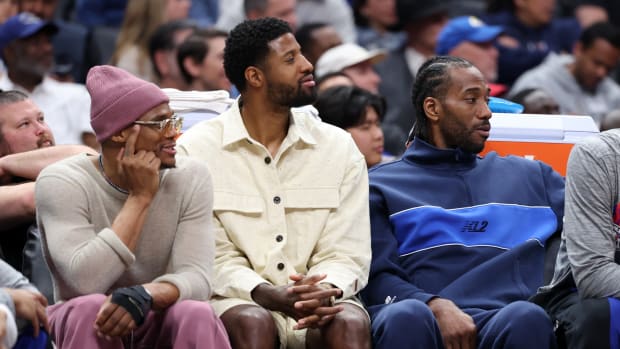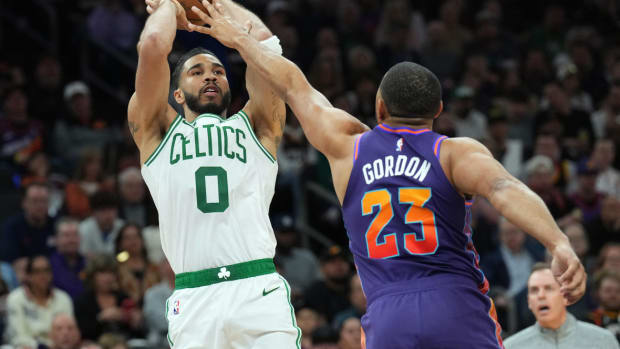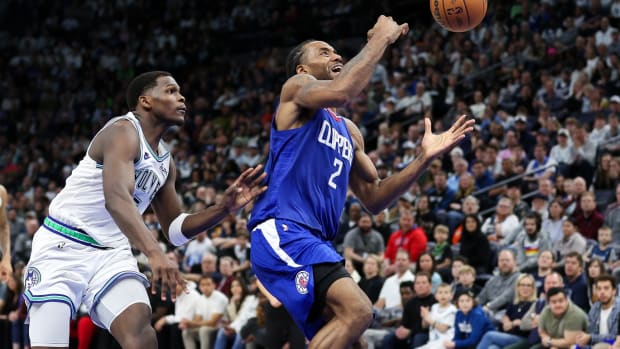Ty Lue Addresses Clippers' Backup Center Situation
Having lost Isaiah Hartenstein to the New York Knicks in free agency, the LA Clippers did not fill their backup center void this summer. Opting to begin the year without a true backup big, the Clippers will utilize a combination of small-ball, and perhaps some Moses Brown, to fill those minutes.
When asked about this before Tuesday's practice, specifically how comfortable he is going small in the regular season, head coach Ty Lue said, "We have to, we don't really have a choice. I mean, Moses has done a great job for us as well, so he's gonna get an opportunity. But playing small, I think it's more important to play small with Kawhi and PG on the floor, and I think having Zu come out early, and possibly going back with the second unit so he can help with the rebounding, I think it will be better for us because Kawhi and PG are great rebounders."
That last point from Ty Lue is something that has not been discussed enough, and was the team's glaring absence in last year's small-ball lineups. Despite having a capable backup center in Isaiah Hartenstein last year, some matchups still required a small-ball counter, and the Clippers did not always have the personnel to effectively deploy that.
The most notable example of this came in the final play-in game vs. the New Orleans Pelicans, when small-ball brought the Clippers back from a double-digit deficit, but also faltered late due to fatigue and lack of rebounding.
Outscoring the Pelicans by 20 points in the third quarter of that game, primarily with a lineup of Reggie Jackson, Terance Mann, Nicolas Batum, Robert Covington, and Marcus Morris, the Clippers trotted the same group out for the fourth quarter, but received different results.
Getting outscored and out-rebounded in that fourth and final frame, the Clippers' small-ball magic ran out, and their season came to a close. While some will point at their reluctance to re-enter Zubac as the reason for their late-game woes in that loss, the ability to switch everything defensively against a quick Pelicans team was what got them back in the game, and the inability to do that was largely what dug them in a first-half hole. The problem in that fourth quarter vs. New Orleans wasn't small-ball, but rather their small-ball personnel.
With Kawhi Leonard and Paul George back, as Ty Lue mentioned, the team's small-ball lineups are positioned much better than they were last year. It's not just the obvious addition of two star players that makes these lineups more effective, but rather the rebounding, defense, and physicality that Leonard and George provide.
During the 2021 playoffs, the small-ball lineup of Reggie Jackson, Paul George, Kawhi Leonard, Nicolas Batum, and Marcus Morris posted a 120.7 offensive rating (ORTG) in their 147 minutes together. That mark ranked first amongst all five-man groups that played at least 140 minutes together during that postseason. While their defense struggled at times, there is reason to believe the additions of John Wall and Robert Covington will bolster that lineup defensively, while not sacrificing much, if anything, offensively.
Having seen the success that Kawhi Leonard and Paul George have had anchoring small lineups, Ty Lue revealed at Tuesday's practice that one of his initial plans is to get Ivica Zubac out of the game midway through the first, and then bring him back with the bench unit. While Zubac sits, Lue trusts that his two stars can lead a smaller lineup to effective minutes.
While some may be concerned about the long-term toll that such a responsibility may take on two veteran players with recent injury history, the Clippers are now equipped with the personnel that keeps Leonard and George from being forced to slide up a position in smaller groups. With Robert Covington's ability to play the small-ball five, Nicolas Batum or Marcus Morris manning the four, and John Wall or Reggie Jackson at point, Leonard and George can remain as the team's two-three combo, even in small lineups.
As Ty Lue said on Tuesday, this is what the Clippers are using training camp for. With so many potential lineup iterations, many of which project to be effective, the team is using this time to figure out what works best.


